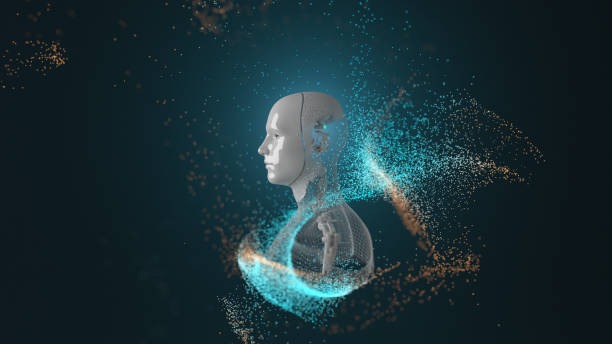The integration of AI with human tools has led to significant improvements in quality across various industries. This enhancement stems from the complementary strengths of artificial intelligence and human expertise, creating a synergy that neither could achieve alone. AI excels at processing vast amounts of data quickly, identifying patterns, and performing repetitive tasks with high accuracy. Humans contribute critical thinking, creativity, contextual understanding, and ethical judgment. When these capabilities are combined effectively, the overall output becomes more precise, efficient, and reliable.
One key reason quality improves when AI is paired with human tools is the reduction of errors. AI systems can analyze data without fatigue or distraction, minimizing mistakes common in manual processes. However, algorithms may sometimes misinterpret ambiguous information or encounter unexpected scenarios beyond their training data. Human oversight helps catch these anomalies by applying intuition and experience that machines lack. This collaborative approach ensures that potential inaccuracies are identified early and corrected promptly.
Additionally, AI enhances decision-making by providing actionable insights derived from complex datasets that would be overwhelming for humans to process independently. For example, in healthcare diagnostics or financial forecasting, AI algorithms sift through historical records to highlight trends or risks invisible to the naked eye. Professionals then use this information alongside their domain knowledge to make informed decisions tailored to specific contexts. The result is higher-quality outcomes grounded in both empirical evidence and nuanced understanding.
The combination also fosters innovation by freeing humans from mundane tasks so they can focus on creative problem-solving and strategic planning. Automation powered by AI handles routine operations such as data entry or initial screening efficiently while enabling experts to devote time toward refining processes or developing new ideas. This shift not only accelerates workflows but also elevates product design and service delivery standards because human ingenuity drives continuous improvement supported by robust technological assistance.
Moreover, integrating AI into human-driven workflows encourages ongoing learning and adaptation within organizations. Feedback loops between users and intelligent systems enable refinement over time as both parties learn from each other’s strengths and limitations. Employees become more skilled at interpreting machine outputs while contributing valuable corrections that improve algorithm performance iteratively.
In summary, quality improves when combining ai to human enhanced accuracy through error reduction; enriched decision-making via comprehensive analysis coupled with expert interpretation; increased innovation enabled by automation relieving routine burdens; and continuous improvement fostered through collaborative learning cycles between humans and machines. Leveraging these advantages leads to superior results unattainable by either entity working independently alone-demonstrating why hybrid approaches represent the future standard for achieving excellence across diverse fields today.




